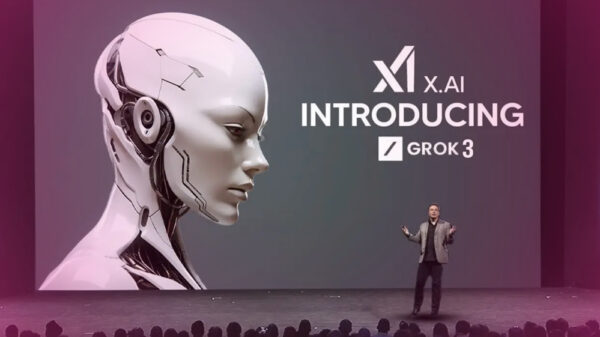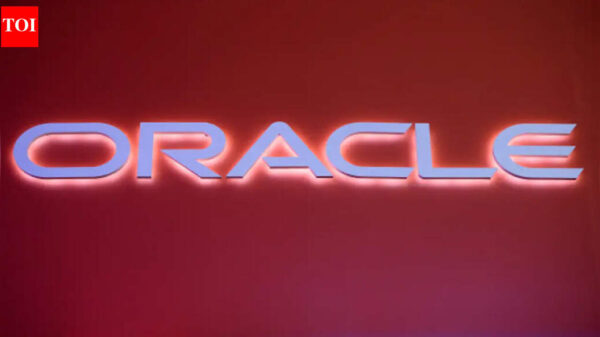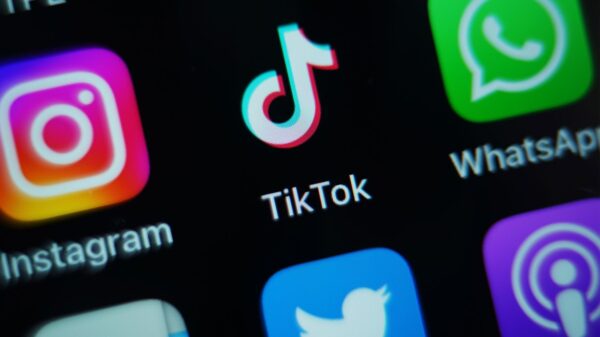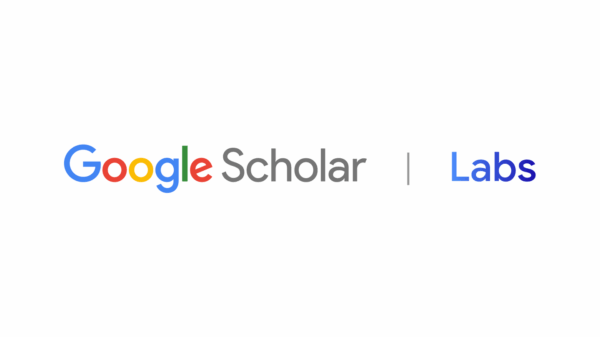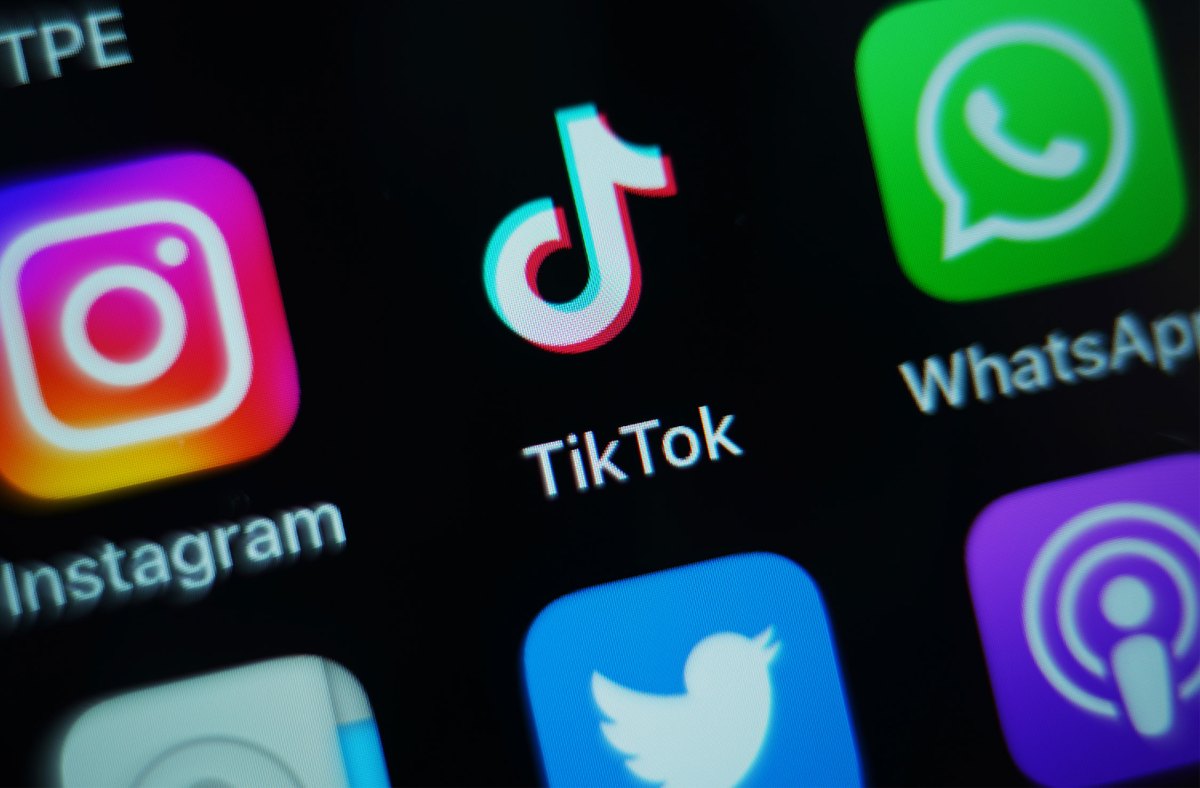TikTok, the platform synonymous with user-generated content, is taking a significant step in personalizing the user experience by introducing a new setting that allows users to dictate the amount of AI-generated content they encounter in their “For You” feed. This move comes as part of the broader trend in the tech landscape, where companies are increasingly integrating artificial intelligence into their offerings.
The newly launched **AI-generated content (AIGC)** control is integrated within TikTok’s existing “Manage Topics” tool. This tool already enables users to adjust the frequency of content across various categories, including Dance, Sports, and Food & Drinks. TikTok explained in a blog post that the AIGC setting is designed to enhance user control over their feed without entirely removing or replacing the types of content they can see.
This initiative aligns with similar moves from other tech giants. For instance, **Meta** recently introduced Vibes, a feed dedicated to sharing short AI-generated videos, while **OpenAI** launched Sora, a platform focused on creating and sharing AI-generated videos. Following Sora’s introduction, TikTok has seen a surge in users posting realistic AI-generated videos, with many leveraging AI tools to create visuals that cover diverse topics such as history and popular culture.
TikTok’s enhancement allows users who prefer less AI content to dial it down, while those who enjoy it can opt for more. Users can access this feature by navigating to the app’s Settings, selecting “Content Preferences,” and adjusting the slider for the AIGC option within **Manage Topics**.
See also Microsoft’s AI Deal Reveals New Complexity in AI Supply Chain Dynamics
Microsoft’s AI Deal Reveals New Complexity in AI Supply Chain DynamicsAdvanced Labeling Technologies for AI-Generated Content
In tandem with the AIGC control, TikTok is also enhancing its **labeling technologies** to better identify AI-generated content. The platform is currently testing **invisible watermarking** technology as a safeguard. TikTok requires users to label realistic AI-generated content and employs a cross-industry system known as Content Credentials from **C2PA** to embed metadata indicating AI involvement. However, these labels can be compromised when content is edited or re-uploaded elsewhere.
The introduction of invisible watermarks aims to fortify this labeling system by embedding a watermark that is only detectable by TikTok. This makes it significantly more challenging for users to remove these identifiers, thereby preserving the integrity of AI labeling. TikTok plans to implement this technology for AI-generated content created with its tools like **AI Editor Pro**, as well as for content uploaded with C2PA’s Content Credentials.
As part of its commitment to fostering AI literacy, TikTok also announced the establishment of a **$2 million AI literacy fund**. This initiative targets organizations such as **Girls Who Code**, aiming to produce educational content that enhances understanding and safety regarding AI technologies.
The new capabilities are set to roll out in the coming weeks, marking an important evolution in how users interact with AI-generated content on the platform. This development highlights TikTok’s recognition of the growing role AI plays in digital content creation and its commitment to giving users more control over their viewing experiences.



